For MyHabeats & frameworks and guidance provided by Behav.
Creating Mindful & Conscientious Eating
Nov. - Dec. 2023

Frameworks Used
Behaviour Problem Framing, Behavioural Research Planner, The Drive Grid, and Behaviour Change Matrix from behaviourkit.com
Role
Behaviour Designer & Service Designer in a 3 person team with Adam Parkes and Karolina Lehtma
Context
MyHabeats is a smartphone application available for bariatric patients to monitor their eating and weight post surgery. The application’s challenge lies in not being able to do enough to change patients’ approach to eating mindfully post surgery and keeping user engagement going. Moreover, 40-50% of bariatric patients regain the weight that they have lost from surgery with numerous environmental and social factors that affect their ability to be disciplined in their eating habits.
Solution
Through deep analysis and insight into behaviour in a 6 week course on Behavioural Design, 3 layers of interventions were provided to the client around building patient understanding, providing peer and group support, as well as reducing friction within the app, to ensure that patients feel supported and stay disciplined through the app.
Discovery
Key Challenge
Consistent and conscientious transition to new healthy eating and lifestyle habits, with adjustment supported by engagement with MyHabeats app features + meal tracking
Approach: Prioritising what Affects Eating Habits.
We had already received a document from our client and behav. outlining the different pain points that bariatric patients go through and all the factors that affected their ability to use Myhabeats. This also included the socio-cultural environment and existing systems around these patients that make keeping healthy habits that much harder to track.
Our job was to decide which ones were worth emphasising.
Patients often don’t receive support from home, and friends pre and post surgery
Patients do not get the holistic healthcare they need; especially given that most patients do their surgeries abroad outside the UK
Patients return back to pre-surgery environments which no longer serve them.
After undergoing surgery, patients are thrust into a new world of new behaviours. From dietary changes to the emotional challenges of navigating relationships and self-image, the journey is multifaceted.
By the way, who are these patients?
Based on the research from Behav, these patients are 30-40 year old women who have families or have partners in their lives.
These women face multifaceted issues pre and post surgery from self-confidence issues, to challenging the social stigma and shame associated with being plus sized. Their goal is to feel healthier and confident in their new bodies post surgery.
Here’s the behind the scenes using the behaviour strategy framework from behav. that we used to uncover key insights…

Our team broke down the behaviours both inside and outside the app and dove deeper into the context of users' actions

We looked and noted down behaviours that were going to repeat, positive and negative.

We further broke down the behaviour step by step to understand where in the market was this
Key Insights
We connected users “relapsing” into their old habits with users’ inconsistency to track and record their data, especially after the first month post surgery.
From MyHabeats, users want easiness, immediate feedback, and community from the application.
Define
What’s Our Thought Process?
We want bariatric patients to become more autonomous in their ability to track meals for as long as possible in spaces which their "old life" supported so that they can feel more confident in how they navigate their lives. MyHabeats becomes a recording tool, more than a guide and support tool.
Let’s dive deeper!
We used the Drive Grid to then ask questions that cut to the heart of human behaviour: "Are people ready?" and "Are people influenced?"
It breaks down the wide array of human behaviour into:
3 readiness stages - Direct, Shift, Act.
3 layers of influence - Me, We, Oversee.
Image & framework from Behav.
This is a little bit how it looked like…
A lot of “Critical” drivers lied in Motivation, Doing and Group Values.
This meant that users’ behaviours were at odds with their own motivations, actions, and were strongly affected by the people they were around. People wanted to be better, but their environment and who they were around did not help.
Develop
So, how ready are people to change and how complex is MyHabeats really?
With all our understanding of behaviour, it was time to plot people’s readiness to change, and the complexity of recording data in MyHabeats into action.
For people’s readiness, we explored motivation, perceived benefit, self-efficacy, how supported they feel and previous experiences that help them to keep track of their eating habits. For complexity of recording data, we looked at the number of steps, the skills, knowledge, decision making, time and effort as well as the tools and equipment.
As we plotted our results against a behaviour change strategy matrix from low to high readiness and low to high complexity, we realised that our current users were both ready and resistant to small steps (or at least we took it that way since our results were mostly centralised)


Also, silly us. We didn’t actually get to look at the application for ourselves and see what the application actually accomplished.
After testing the application ourselves, we realised that the application felt quite difficult to input foods, did not have “quality notifications” and did not really give much feedback on the food that was put in.
We looked at other applications like Flo to understand what about those applications made women return to them as well. Analysing both applications helped with figuring out how to develop our ideas and interventions.
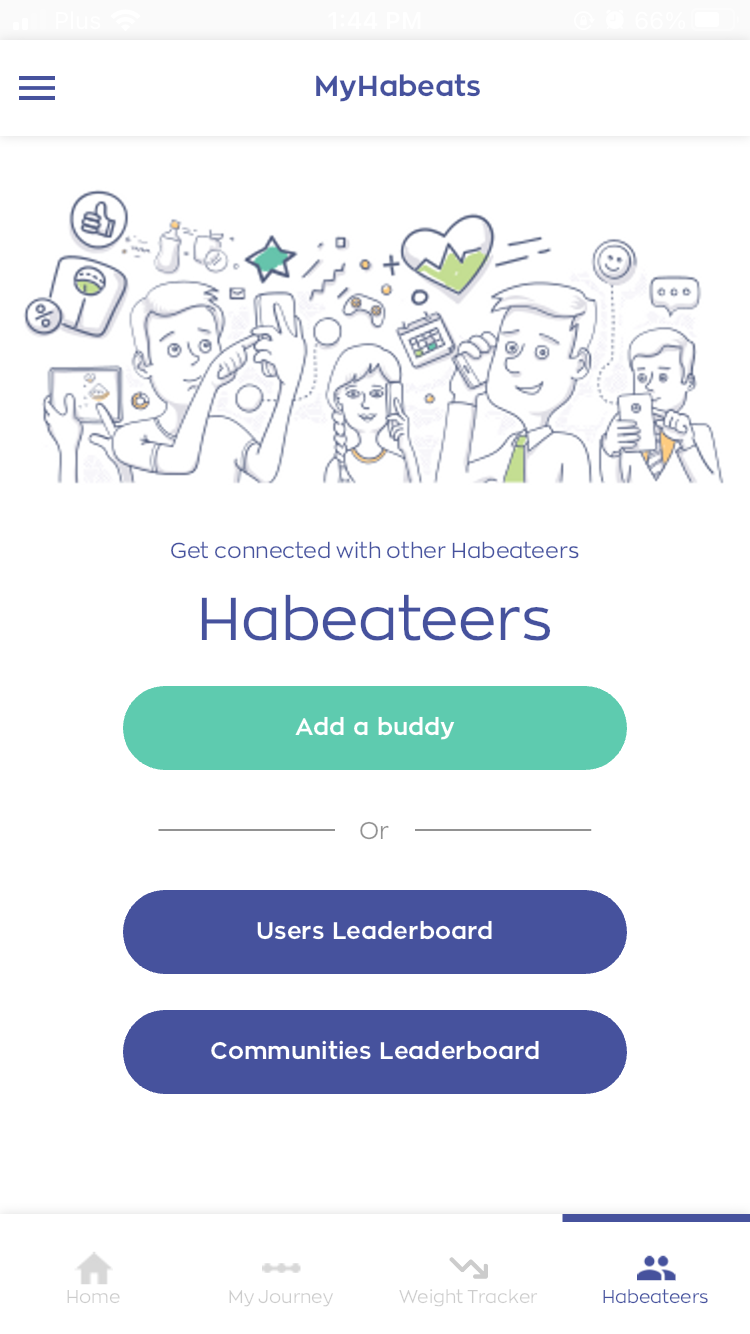
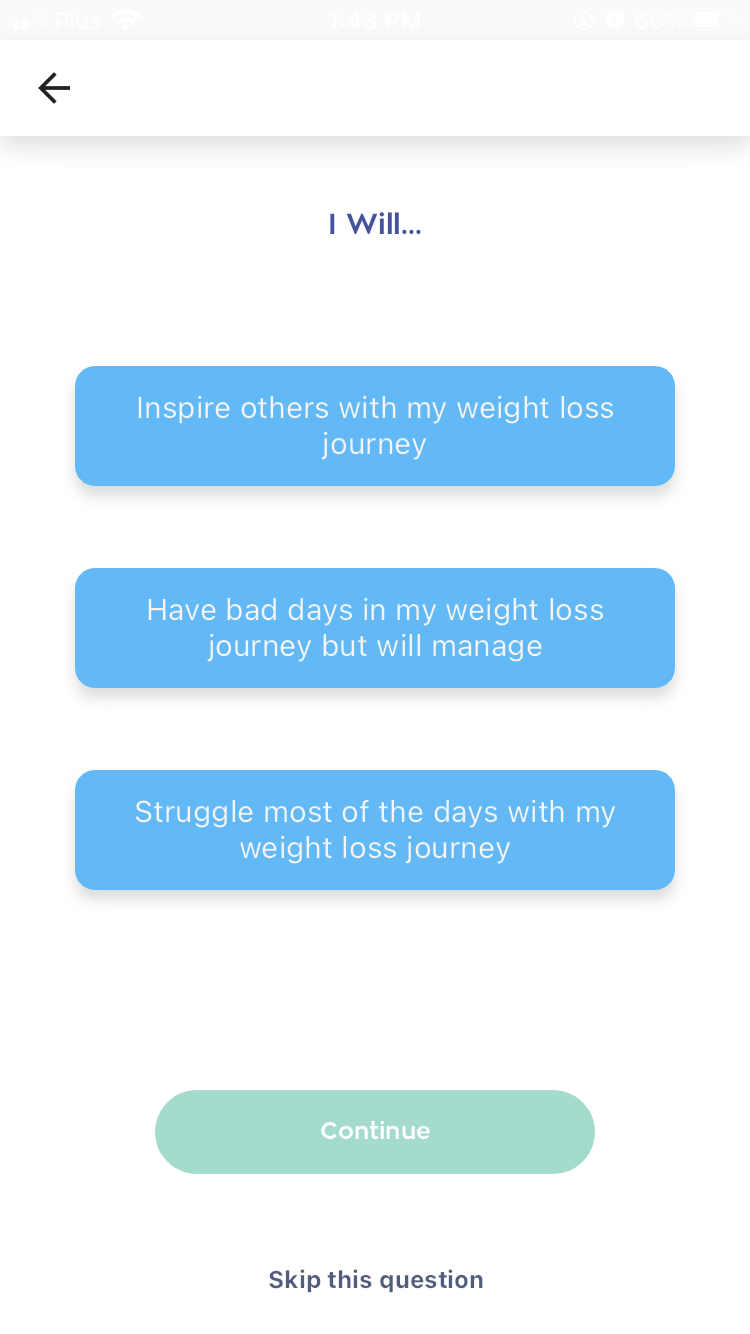
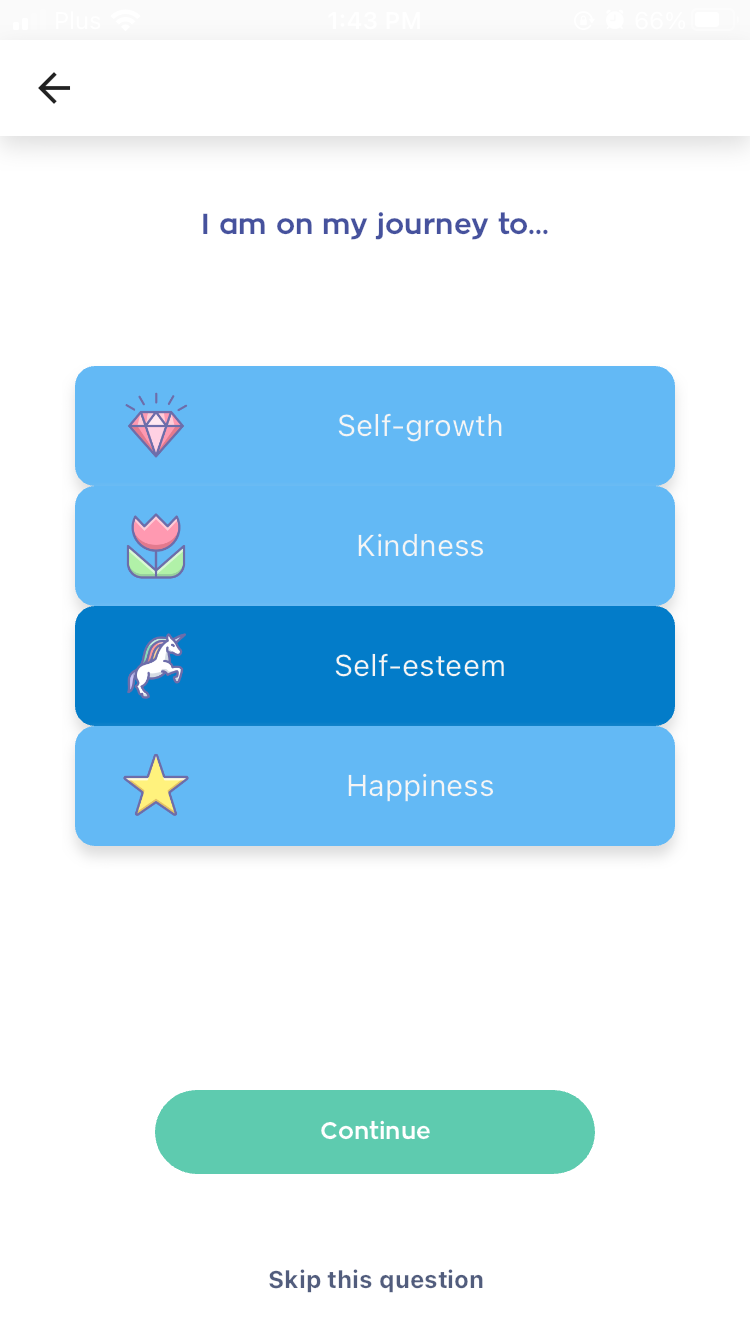
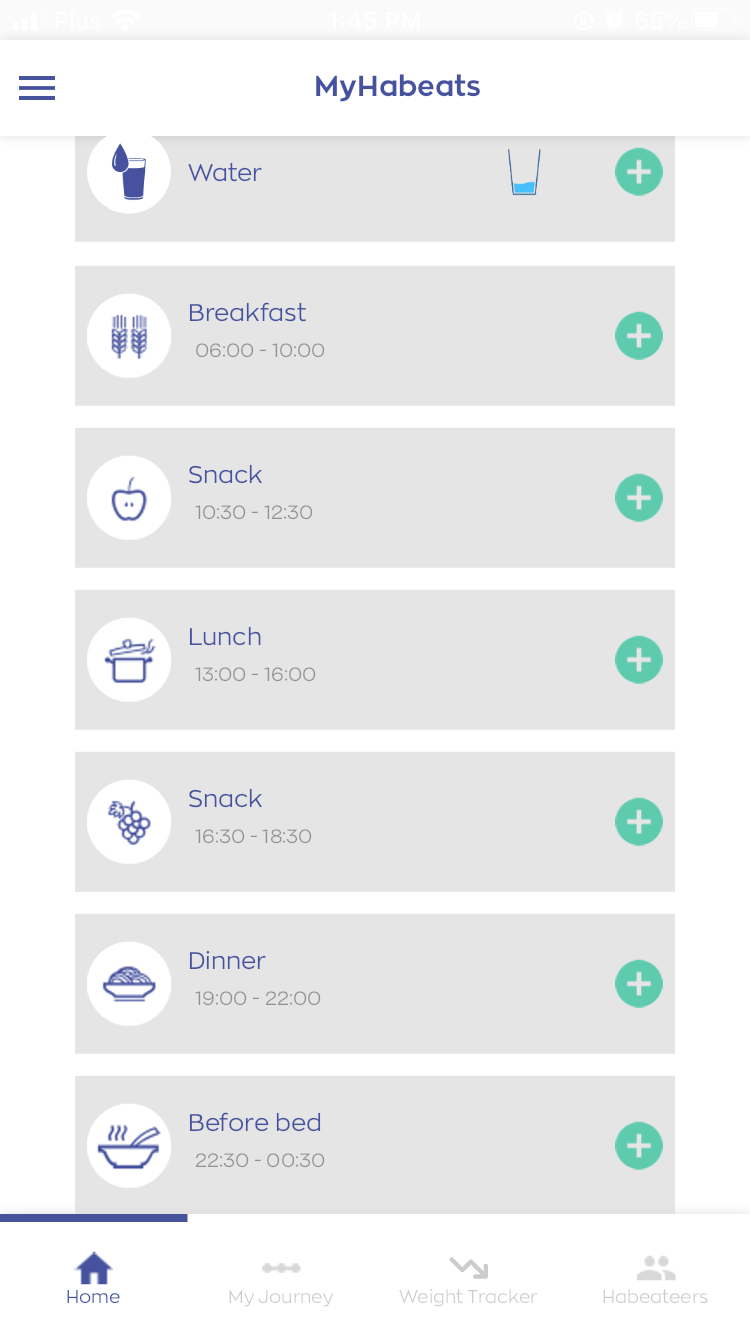
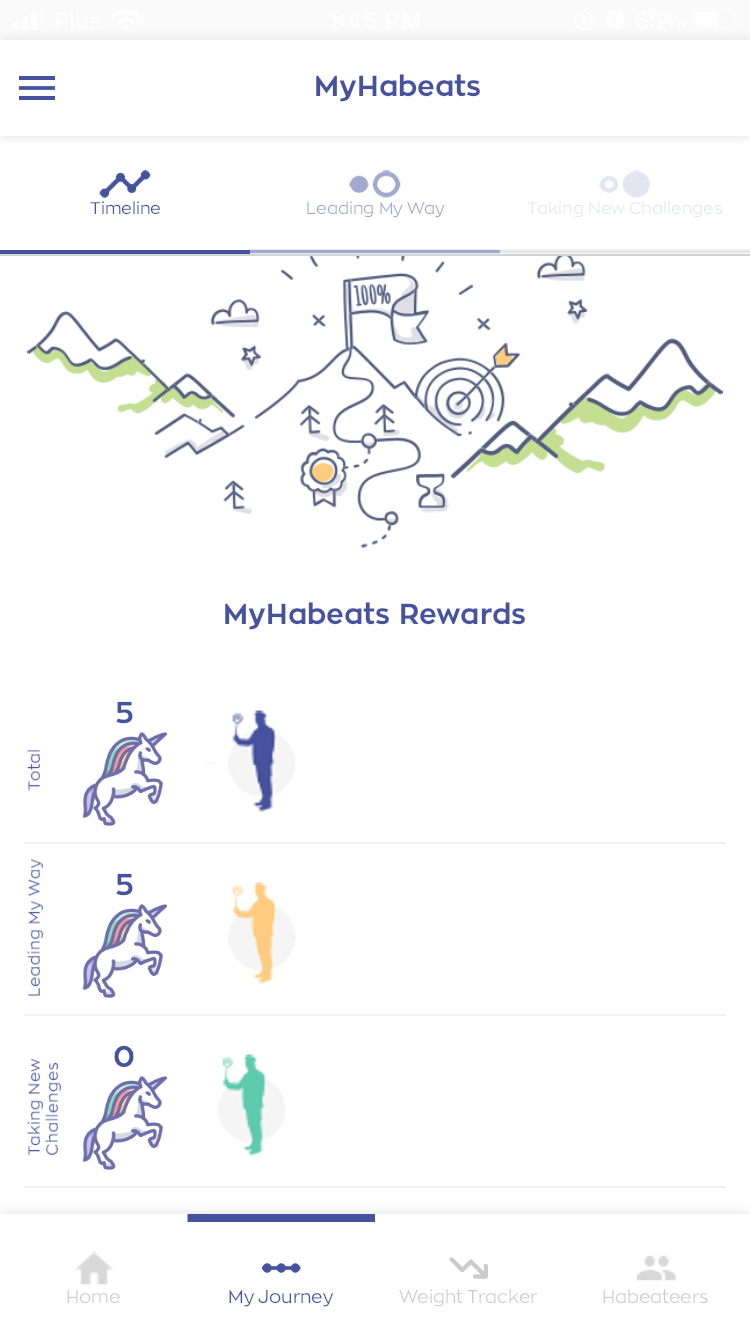


So, our tactics were to:
-
Use the promise of a reward to encourage or motivate users to take action.
-
Make the process easier
-
Change the physical or social context
Deliver
Our solution was to provide 3 layers of support with more insight to what each layer looked like. This was in 3 parts: Building Patient Understanding, Peer & Group Support and Reducing Friction for meal tracking. With this order, MyHabeats can create an incredible tool for recording data. While our next step would have been to demonstrate this in action, we brought in references from other applications that served as better examples and testaments to our solutions.
Build Patient Understanding
-
Anchor the importance of why meal tracking is useful - Track alignment, support and reach target
-
Enhance MyHabeats platform to provide clear feedback so user see’s value in taking time to enter meal data.
-
Utilise a progress review to sustain behaviour
-

Support and Educate
Providing a baseline education by having a nutritionist explanation to the patient what they can and can't eat, including when, how, why. Can be done through:
In-app through story formats or bite-sized lessons or in person/connected with a nutritionist.
Additionally, have the option of creating personalised meal plans that fit with patients likes / dislikes and support healthy eating plan
-

Guide With Feedback
Clear traffic light against daily meals, water - Red flag bad food types - Green light the good. Actionable feedback with visual signals that indicate the way forward.
Build the language of notifications MyHabeats uses that inform and encourage users to engage with the app (like Flo does)
-

Check-In
Utilise PROGRESS REVIEW to sustain behaviour
In app scheduled check in with MyHabeats expert - eg. Via Message platform or video chat. Review meal tracking, eating habit highlights and lowlights, weight maintenance, progress and how the patient feels
Set goals for the week ahead - provide support
Weekly for first month - Then extend time between check in’s if patient on track with milestones in the patients journey with a “Trusted Expert”
Accountabuddy - set goals and targets with someone - feel accountable which motivates. This can be another bariatric patient or a loved one.
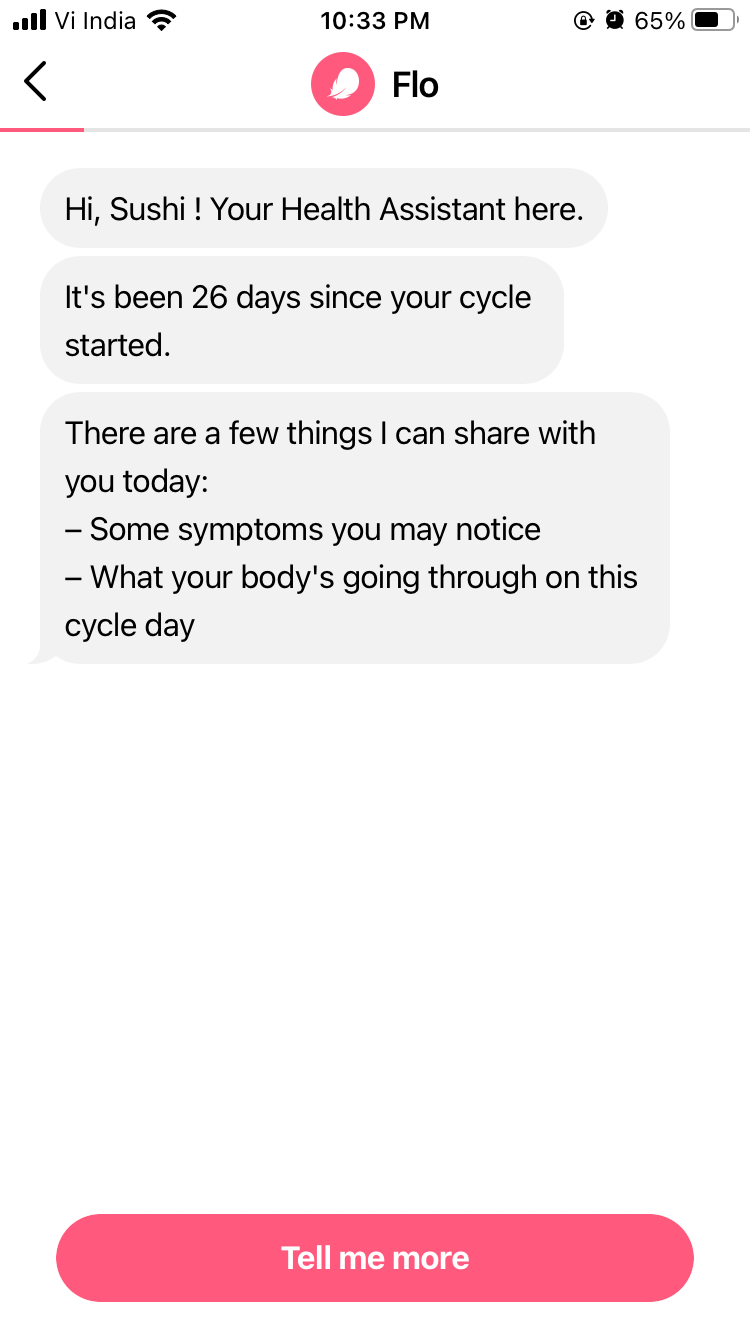
Reference 1: Having an AI messaging space as Flo does to help review progress, check in on milestones and more consultation on eating habits.

Reference 2: From Noom, using colors to indicate foods that are healthy and should be eaten more consistently vs. those that should not be eaten at the same rate.
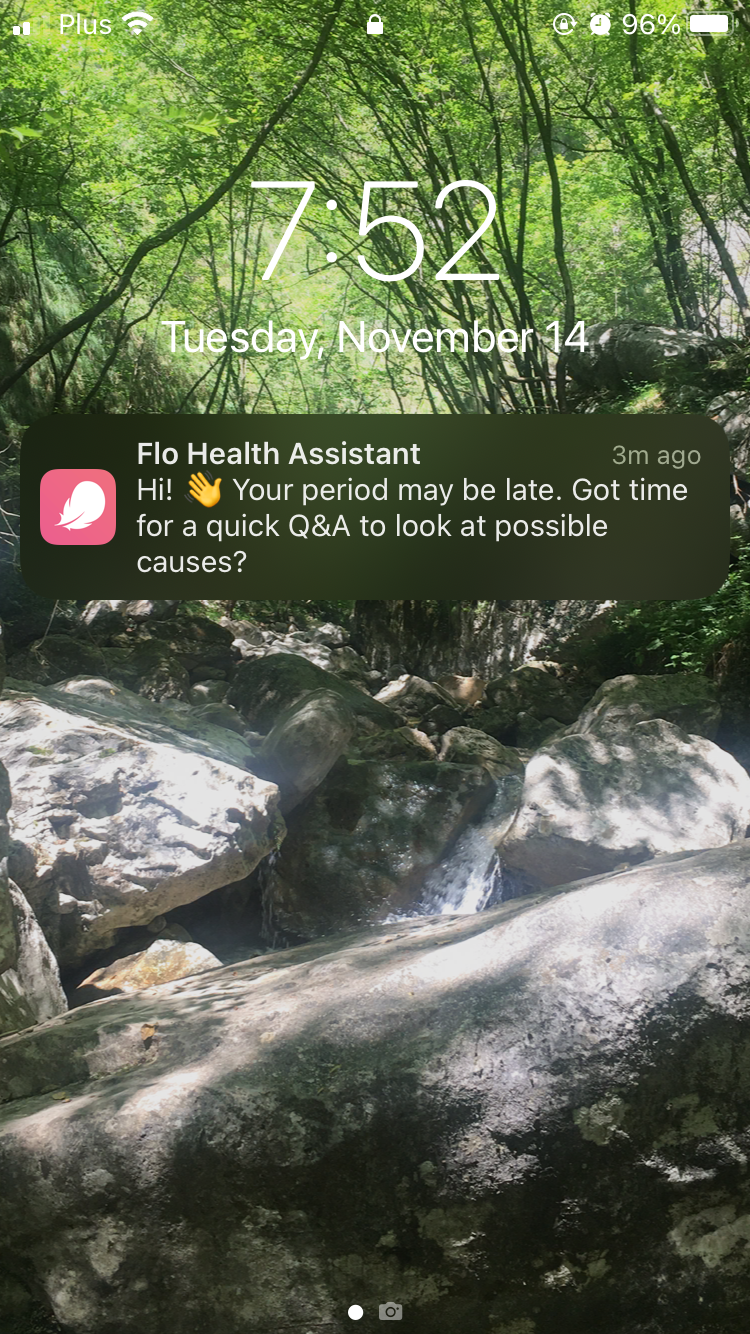
Reference 3: From Flo. Use language to shape how notifications are sent to users and showing how MyHabeats can provide users value.

Reference 4: Made as an example to show how Instagram-like stories can also be used to educate and provide bite sized lessons to users.
Peer + Group Support
The Community provides support and Accountability and a strong emotional reason to engage with MyHabeats
MyHabeats Community Provide in app space to share stories, Challenges, and successes.
New Patients can be paired up in groups of 10-20 who are on the same post surgery change journey time scale. The small group can help promote inclusiveness and a safe space to share.
This can be hosted and guided by MyHabeats Expert or a Patient who has successfully changed habits to provide advice and understands the challenges new patients are going through.
Reduce Friction
The Meal Tracking tool could be enhanced by automating the process.
By creating a meal plan beforehand with a nutritionist, users can easily “check-off” the food they eat - or add more information should they not have had the planned meal.
Make the process barrier-free, and easy to complete during their busy day.
Evaluation
How do you take this further?
It might be easy to say, “Now how does this look in a product design/UX standpoint?”, but I think without restructuring the business model and understanding the technological backing for the app, some of the solutions might feel harder to implement than others. Something we could have considered was putting all these interventions on a matrix for low/high fidelity and low/high cost, especially for the client.
Key Learnings
Where do you even start if we have to change behaviour first?
Jumping into behaviour design meant asking more insightful questions and digging more into actions and intrinsic thoughts than as designers we usually do. While there were instances I immediately wanted to jump into creating a full fledged service design, or redoing the app design, we needed to think and rethink our decisions and frame the problem appropriately.






